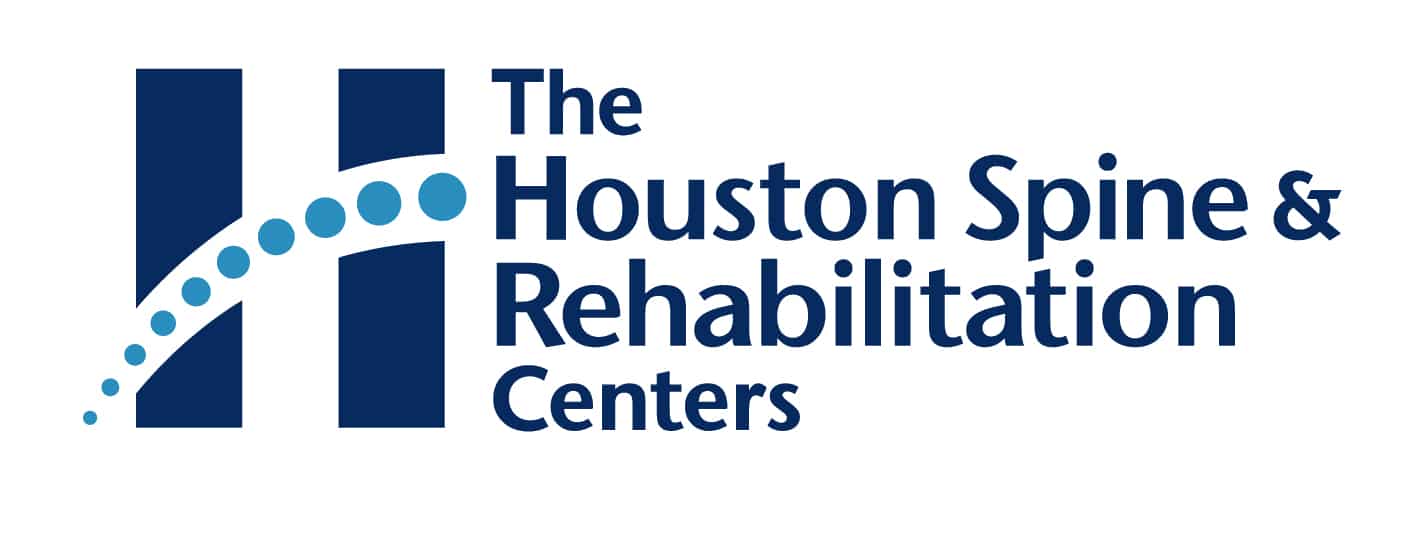The human spine is a complex structure that not only supports the body but also serves as a conduit for nerves connecting the brain to the rest of the body. Given its critical role, maintaining spinal health is paramount. Unfortunately, spine conditions are common, affecting many individuals at some point in their lives. This post explores common spinal cord disorders, their symptoms, diagnosis, treatment options, and the importance of professional guidance, aiming to provide valuable insights for chronic pain sufferers and health enthusiasts alike.
Common Spine Conditions
Spinal conditions encompass a broad spectrum of disorders, each affecting individuals in unique ways, ranging from mechanical issues that impact the bones to neurological conditions that influence the nerves. Understanding these conditions is vital for effective diagnosis and management.
Among the most prevalent spinal disorders are:
- Herniated discs: This condition occurs when the soft material inside a disc pushes out through a tear in its exterior, potentially causing pain and nerve irritation. It often results from wear and tear or injury.
- Spinal stenosis: Characterized by the narrowing of spaces within the spine, which can pressure the spinal cord and nerves. This condition is commonly associated with aging.
- Degenerative disc disease: Despite its name, this isn't a disease but a condition in which natural, age-related wear-and-tear on a disc causes pain, instability, or other symptoms.
- Scoliosis: A condition marked by an abnormal lateral curvature of the spine. It can vary in severity, with some individuals experiencing mild changes that require minimal treatment, while others may need braces or surgery to correct the spine's alignment and prevent further curvature.
- Tumors: Spinal tumors are growths that develop within or surrounding the spinal cord or vertebrae. Depending on whether they are benign or malignant, tumors can compress the spinal cord or nerves, leading to pain, neurological problems, and sometimes requiring surgical removal or other treatments.
- Abscess: An abscess in the spinal region is a collection of pus caused by an infection that can give rise to severe back pain, fever, and potentially, neurological deficits. Treatment typically involves antibiotics and possibly surgery to drain the abscess and relieve pressure on the spinal cord or nerves.
- Vertebral fractures: These fractures can occur due to trauma, osteoporosis, or diseases affecting bone density and strength. They can lead to significant pain, reduced mobility, and in severe cases, spinal cord injury. Treatment options vary from pain management and physical therapy to surgical intervention for stabilization.
- Hematoma: A spinal hematoma is a collection of blood, either within the spinal column or in the surrounding areas, which can compress the spinal cord or nerves. Depending on its location and severity, symptoms can range from pain to paralysis. Hematomas may require urgent surgical evacuation to alleviate pressure on the spinal cord.
These conditions frequently arise due to various factors such as aging, which naturally wears down the spinal components, injury that can cause immediate harm or contribute to long-term degradation, or genetic predisposition that makes certain individuals more susceptible to spinal issues.
Neurological conditions related to spine health are critical to recognize:
- Sciatica: A condition where the sciatic nerve, running from the lower back down to the feet, becomes irritated or compressed, leading to pain, tingling, or numbness in the leg.
- Cervical radiculopathy: Occurs when nerve roots near the cervical vertebrae are compressed or irritated, causing pain and neurological symptoms in the arms and hands.
Understanding these common spinal conditions and their underlying causes is the first step toward seeking appropriate treatment and management strategies. Through conservative measures like physical therapy, chiropractic care, and professional pain management, individuals suffering from spinal conditions have various options to explore. Addressing these issues promptly can significantly improve quality of life and functionality for those affected.
Symptoms and Diagnosis
Early identification of spine conditions is necessary for effective treatment. Symptoms can range from mild discomfort to severe pain and mobility issues, often depending on the specific condition and its severity. Common signs include persistent back or neck pain, numbness or tingling in the limbs, and weakness. Timely diagnosis involves a comprehensive evaluation by a healthcare professional, including a physical examination and imaging studies like MRI or CT scans, to accurately identify the underlying issue.
Treatments and Management
Treatment for spinal cord issues can be broadly categorized into non-surgical and surgical options. Non-surgical treatments, often the first line of defense, include physical therapy, medication, and lifestyle modifications such as exercise and weight management. These approaches aim to alleviate symptoms and improve function without the need for invasive procedures.
When non-surgical methods prove insufficient, surgical options may be considered. Advances in spinal surgery have led to minimally invasive techniques that reduce recovery times and risks. Procedures like spinal fusion and decompression surgery can provide long-term relief for certain conditions.
In addition to medical treatments, managing spine health in daily life is vital. Simple practices such as maintaining good posture, engaging in regular physical activity, and using ergonomic furniture can significantly impact spinal health.
Importance of Seeking Professional Advice
While this post offers a general overview, it's important to consult with healthcare professionals for personalized advice and treatment. Specialists like those at The Houston Spine & Rehabilitation Centers are equipped to diagnose and treat various spine conditions effectively. With locations in Woodlands, TX & Houston, TX, and reachable at +12817710282, our team of experts can guide you through the complexities of spine health, including the benefits of physiotherapy and customized treatment plans.
Get Started Today!
Understanding common spine conditions, their causes, and treatments is the first step toward managing spinal health. By recognizing early symptoms and seeking timely professional advice, individuals can significantly improve their quality of life. Remember, proactive health practices and informed decisions are key to maintaining a healthy spine. If you're experiencing back pain or other symptoms related to spinal health, consider reaching out to The Houston Spine & Rehabilitation Centers for expert guidance and support.
Maintaining spinal health is more than relieving pain; it's about enhancing your overall well-being and enabling a life full of activity and joy. Take the step today towards understanding and caring for your spine health.


